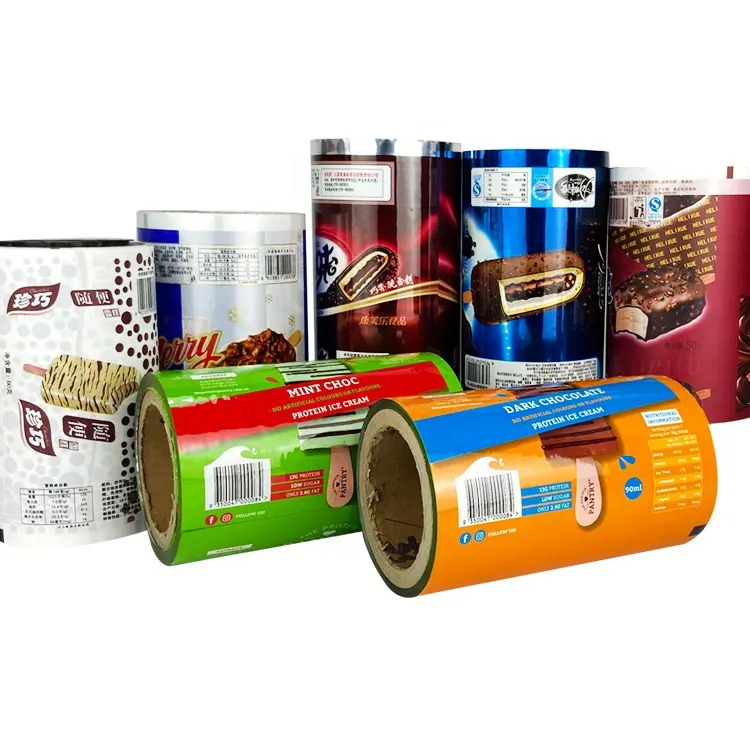Source: Link Testing Instruments Co.,Ltd.
Water vapor transmission rate is an indicator for evaluating the moisture barrier properties of packaging materials. It is an important factor that affects the protective function of packaging materials for packaged products and an important barrier to prevent products from getting damp, getting moldy, or caking. There are many factors that affect the water vapor permeability of packaging materials, such as packaging materials, thickness, internal structure of materials, and environmental conditions such as temperature and humidity. Generally speaking, packaging materials containing aluminum foil, PVDC, aluminized film, and oxide-plated film have lower water vapor permeability. For the same material, packaging with thicker thickness, higher crystallinity, and higher degree of orientation has higher moisture barrier properties. In addition, different use or storage environments of packaging materials will also affect their water vapor permeability. Therefore, for already formed packaging materials, the moisture barrier properties of packaging materials can be controlled by controlling the storage and circulation environment to meet the shelf life requirements of the products. This paper tests the water vapor permeability of materials at different test temperatures and analyzes how the moisture barrier properties of materials change with temperature.

Test methods and test instruments: The test methods for water vapor transmission rate of packaging materials include cup method, electrolytic sensor method, humidity sensor method, infrared sensor method, etc. This test is based on the infrared sensor method to test samples, and the standard is GB/T 26253-2010 "Determination of water vapor transmission rate of plastic film and sheeting - Infrared detector method". The test equipment used in this test is the LTWTC-303H water vapor transmission rate test system independently developed and produced by Link Testing Instruments Co.,Ltd
Test principle: The infrared sensor method is based on the principle that water molecules quantitatively absorb infrared light. The water vapor transmission rate of the sample is calculated by testing the attenuation of infrared light before and after passing through the carrier gas containing water molecules. During the test, the test chamber of the equipment is divided into two test chambers, the upper chamber is the high humidity side, and the lower chamber is the low humidity side. Water vapor will penetrate from the upper chamber to the lower chamber through the sample, and will be carried by the carrier gas nitrogen in the lower chamber to the infrared sensor for testing, thereby obtaining the water vapor transmission rate of the sample.
Test samples and test process Test samples:
This test uses a plastic film produced by a certain company as the test sample, and tests its water vapor permeability at 25℃, 90%RH and 38℃, 90%RH respectively.
Test process: Sample cutting:
(1) Apply a layer of vacuum grease around the three test chambers of the equipment, and take 3 samples and clamp them into the equipment respectively.
(2) Set the test conditions (25℃, 90%RH), sample name, test mode and other parameter information, click the test option, and the test starts. Turn on the gas source and adjust the carrier gas flow rate so that the humidity in the test chamber reaches the set value. After the test, the equipment displays the water vapor permeability value of the sample.
Except that the test temperature is set to 38℃, the rest of the process is tested according to the steps in 2.
Test results and analysis: Under the conditions of 25℃ and 90%RH, the water vapor transmission rates of the tested film samples were 3.11 g/(m2·24h), 3.09g/(m2·24h), and 3.17 g/(m2·24h), respectively, with an average value of 3.12 g/(m2·24h); under the conditions of 38℃ and 90%RH, the water vapor transmission rates of the tested film samples were 6.91 g/(m2·24h), 6.86g/(m2·24h), and 6.83 g/(m2·24h), respectively, with an average value of 6.87 g/(m2·24h).
From the test process, it can be seen that the operation of the equipment is simple and intelligent; from the test results under each test condition, the deviation between the test values is small, the repeatability is good, and the test results are accurate; from the average value of the test results under the two test conditions, it can be seen that the water vapor permeability under 38℃ is significantly higher than that under 25℃, that is, the moisture barrier of the film sample tested in the environment of 25℃ is higher.
For more details please visit www.linktesting.org